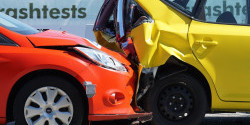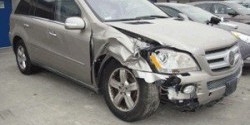What is an Insurance Claim? 10 Helpful Hints
You wouldn’t dream of owning and operating a motor vehicle without insurance coverage. If you’re lucky, you could drive for decades without being involved in an accident. Should you not be so fortunate, it will be time to file an insurance claim.
So what is an auto insurance claim? How do I go about filing a claim and what can I expect to happen next? While the specifics will vary based on who is responsible for the accident, the nature of the event, and the type of coverage you have, there are some basics that are likely to apply. Here is some essential information that will help you understand what a claim is all about and how things are likely to progress.
Defining the Nature of an Insurance Claim
An auto insurance claim is a document that’s prepared and submitted to an auto insurance provider after some type of covered event takes place. The document will require that the covered party provide basic data like the name, physical address, and the policy number related to the claim. You will also need to identify the nature of the accident and provide details about what happened.
The purpose of the claim is to determine if you are entitled to any type of compensation based on the terms and conditions of your insurance policy. If so, the provider will begin the process of evaluating the scope of damage and determining how much it would cost to repair the vehicle. In some cases, the repair cost would exceed the value; if so, the insurance provider is likely to total the vehicle and offer you a cash settlement.
1. Understanding What is and is Not Covered by Your Insurance Policy
Many auto insurance policies include three essential forms of coverage car accident claims. That’s only the beginning, since it is possible to have up to six different types of protection included in the scope of your coverage.
Just about every jurisdiction sets basic standards for auto insurance coverage. Liability will surely be included, since this benefit ensures there’s protection in the event you are responsible for damage to another person’s vehicle. There’s also collision coverage that ensures there are funds to repair your vehicle and any other vehicle involved in an accident.

Comprehensive auto insurance is the third common element in many policies. This covers events that are not covered under the liability or the collision provisions. With comprehensive auto insurance, events like theft, acts of nature, damage by animals, fire, and falling objects are covered.
In order to know how much coverage is required in your jurisdiction, check with the Department of Motor Vehicles or the equivalent agency. You may find that while liability is required, others forms are not. Even if liability is the only legal requirement, it’s to your advantage to also maintain collision and comprehensive coverage.
There are three less common forms of auto coverage that you may want to consider. Personal injury protection, uninsured and under-insured motorist, and medical payments coverage should also be part of the bundle. This not only protects you in the event that the responsible party has insufficient or no coverage at all, but also provides you with more benefits that can be used to settle any claims leveled at you.
2. Knowing the Difference Between Agreed Value and Stated Value Insurance
Assuming that the provider approves your claim, some sort of compensation will be forthcoming. The amount of that compensation depends on a number of factors. One of them has to be the type of value or worth that’s included in the policy terms and conditions. Keep in mind that the policy may include provisions to calculate the compensation based on more than one type of value. When that’s the case, the provider will typically choose the lesser of the two amounts.
Your policy is most likely worded to refer to agreed value or stated value. It may mention both. Make sure that you understand what is meant by each term.
Agreed value car insurance identifies a maximum value or worth for the vehicle that you and the provider agree is fair. In the event that you file a claim, that value will govern the amount of repair costs the provider will cover as well as the maximum amount you could receive if the car is damaged beyond repair. This figure or value may be subject to adjustment when you renew the policy for another term.
Stated value car insurance coverage includes a figure that you provide to the insurance company. Typically, that figure is lower than the actual cash value or the agreed value. Some automobile owners may select a stated value as a way to keep the insurance premiums a little lower. If the vehicle is totaled, the provider will pay out no more than the stated value.
3. Single Car Accidents Versus Multiple Car Accidents

As part of the claims process, you will need to identify how many vehicles were involved in the event. If only your vehicle was affected, that would qualify as a single car accident. This could happen if your car was damaged by a falling limb while parked in your driveway, or if you lost control of the vehicle and ran into a tree.
Multi-car accidents occur when two or more vehicles are involved. This could be something as simple as the other party running a traffic light and plowing into the side of your car. It could be an event in which someone backs into your parked vehicle. If several vehicles are damaged due to some sort of event on a highway, that would also be classed as a multiple car accident.
4. Understanding What is Meant by an At-Fault Claim
An at-fault claim is appropriate when you are the person responsible for the covered event. In this scenario, you’re the one who backed into a parked car or who failed to yield at a stop sign and ended up damaging another vehicle. An at-fault claim is admission that you caused damage either due to negligence or taking some action that turned out to be inappropriate.
5. Having the Vehicle Evaluated by an Approved Professional
After submitting the claim, the provider will contact you about having the vehicle evaluated at an approved facility. Most providers have multiple auto body and repair shops that are certified to perform these types of evaluations and provide car appraisal services. You will likely have a choice of several places to take the vehicle. Once you select a facility, the auto insurance provider will set up an appointment for you to bring the vehicle in. If the vehicle is not drivable, the provider will coordinate with the facility to have it towed.

Keep in mind that you do not necessarily have to use one of the facilities recommended by the provider. It’s possible to request the use of a different auto body shop. Depending on the circumstances, the insurance provider may agree to accept the quote and recommendation from that shop. However, this is only done at the discretion of the provider. If possible, it’s better to select from the list of approved shops.
6. Your Insurance Policy and Lending Your Vehicle
What happens if you lend your vehicle to a friend and an accident ensues? The laws that apply in your jurisdiction will come into play, but the general rule is that the insurance covers the vehicle and not the driver. In other words, it won’t matter if your friend has excellent coverage; it will be you and your policy that is ultimately responsible if the damage was the fault of your friend. The only time your friend’s coverage could apply is if the limits of your coverage are reached and there’s still some medical or liability costs pending.
Of course, if the event was not the fault of your friend, the provider for the responsible party will ultimately pay for all repairs. In this latter scenario, neither you nor your friend will have to worry about the event affecting future auto insurance coverage.
7. The Impact of an Accident on Your Premiums

Some people believe that any type of auto insurance claim automatically leads to an increase in premiums. That’s not the case. The nature and frequency of claims will have more of an impact on how much you pay for your coverage. The fact that you filed a claim after a limb crashed through the windshield of your parked vehicle is highly unlikely to result in paying a higher premium.
8. Your Claim’s Approved: When Will You Receive the Compensation?
The policies and procedures vary from one auto insurance provider to the next, but it’s not unusual for the payment to arrive anywhere from 30 to 90 days after being approved. The payment will either go to the repair shop or directly to you, depending on what sort of arrangements are made.
9. You Don’t Necessarily Have to Use the Money to Repair Your Vehicle
Assuming the compensation is coming to you, it doesn’t necessarily have to be used to repair the vehicle. This is especially true if damage is purely cosmetic and does not affect the safety or the operation of the car or truck. In this scenario, you would want the compensation to be sent directly to your address. This is known as cashing out, and it means you receive the amount set for the repairs, less any deductible that you would normally pay.
10. The Car’s Totaled: Who Gets to Keep the Vehicle?
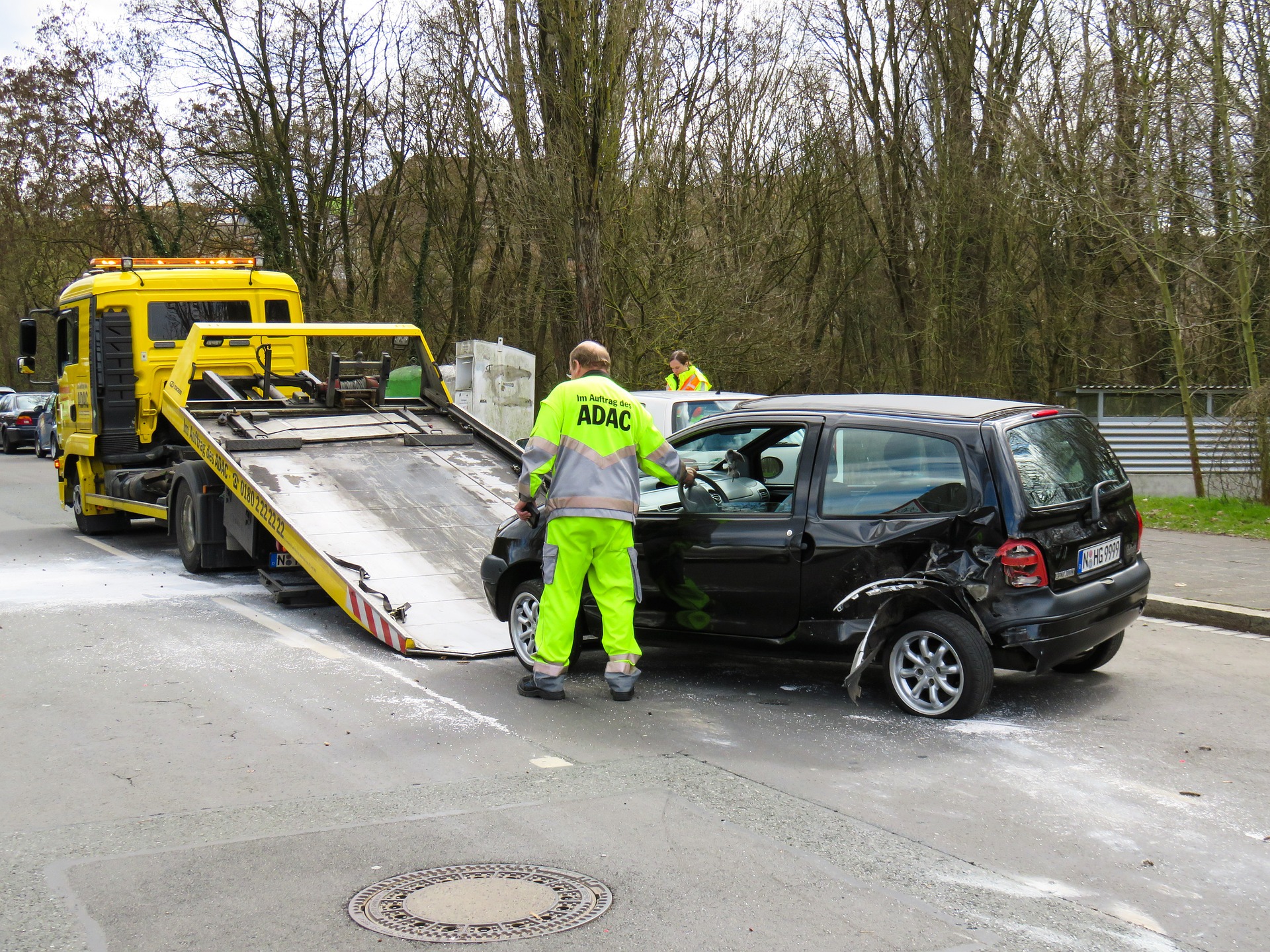
If the car is totaled, you can choose to keep the vehicle and repair or sell it yourself. The other alternative is to accept the provider’s offer. If you take the money, be prepared to turn the car over to the provider. This usually means the provider will contact a low towing service that will collect the vehicle and haul it away for salvage.
In order to ensure that the vehicle is properly evaluated, it makes sense to use a service that will leave no aspect of the car or truck unchecked. Contact the Auto Appraisal Network Austin online or by calling 512-357-8420 to arrange for a full car inspection. Once you know more about the car’s condition, it will be easier to make the most practical decision of what to do next.
Tags
All blog carappraisal carappraisals Diminished Value total loss Auto Appraisal insurance claim insurance settlement Insurance Adjuster Custom car appraisalsFacebook Feed
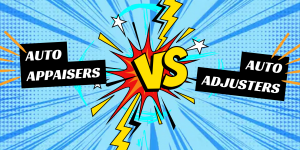 What is the difference between a Car Appraiser and a Car Adjuster?
What is the difference between a Car Appraiser and a Car Adjuster?
If you're dealing with a wrecked or totaled vehicle, knowing the difference between these two professionals is going to be beneficial for your bottom line.
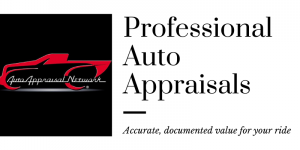 If You're Facing A Bankruptcy, Read This First!
If You're Facing A Bankruptcy, Read This First!
Avoid this mistake when filing for bankruptcy- It could cost you thousands of dollars in additional settlement payouts!
 How To Find An Honest Car Dealership and Repair Shop
How To Find An Honest Car Dealership and Repair Shop
Need help finding a reputable car dealer or mechanic? It can be tough! Find out how to do it and who can help you.
 What Can Fail a Car Inspection? The Trap Owners Must Learn to Avoid
What Can Fail a Car Inspection? The Trap Owners Must Learn to Avoid
What Can Fail a Car Inspection? The Trap Owners Must Learn to Avoid
 What The Insurance Company Doesn’t Tell You After You’ve Been In A Car Wreck
What The Insurance Company Doesn’t Tell You After You’ve Been In A Car Wreck
What the insurance company won't tell you after a car wreck could mean getting paid thousands less than what your vehicle is actually worth. Find out how to get paid for what your car is worth!
 Diminished Value. What you need to know.
Diminished Value. What you need to know.
If you've recently been in a car accident, read this before you take one more step!



